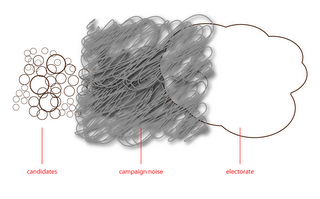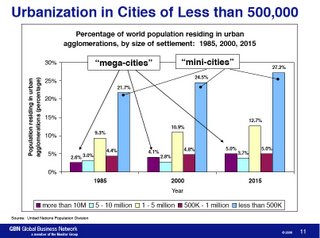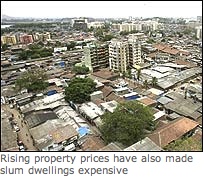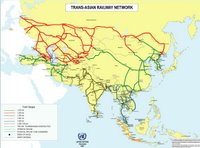jack
 Help us save Jack
Help us save Jack
We're helping to raise money for Jack Simbulan, a five year old boy who desperately needs a bone marrow transplant to fight Fanconi Anemia.
We figure we can find at least 200 friends willing to pledge $25 or more to raise $5,000. (This is just a fraction of the $350,000 they need to pay for the operation.)
A pledge of just $25 (or more)
We're using fundable.org to raise the $5K -and are asking for pledges. You can pledge $25 or more via paypal or credit card. You will NOT be charged for your pledge until the total amount of pledges reaches the target amount.
Just 25 days
We have 25 days to raise the amount. When we reach the target amount fundable.org will send a check to Jack's grandmother in California.
MAKE THE PLEDGE HERE
Please spread the word
We think this is a very worthy cause -and we hope you can help us help Jack. Could you also help us by linking to this post or to jack's fundable site or emailing this post to your friends.
- Read more about Jack here or follow his story at savejacksimbulan.blogspot.com
- Find out about Fanconi Anemia.
- Make the pledge here.
You would, too.
We know that if we were in Jack's parent's shoes, we would try anything and everything to help our child. We hope you feel the same way, too.
On behalf of Jack and his parents, thank you.
Benjie, Vickie and Teo










